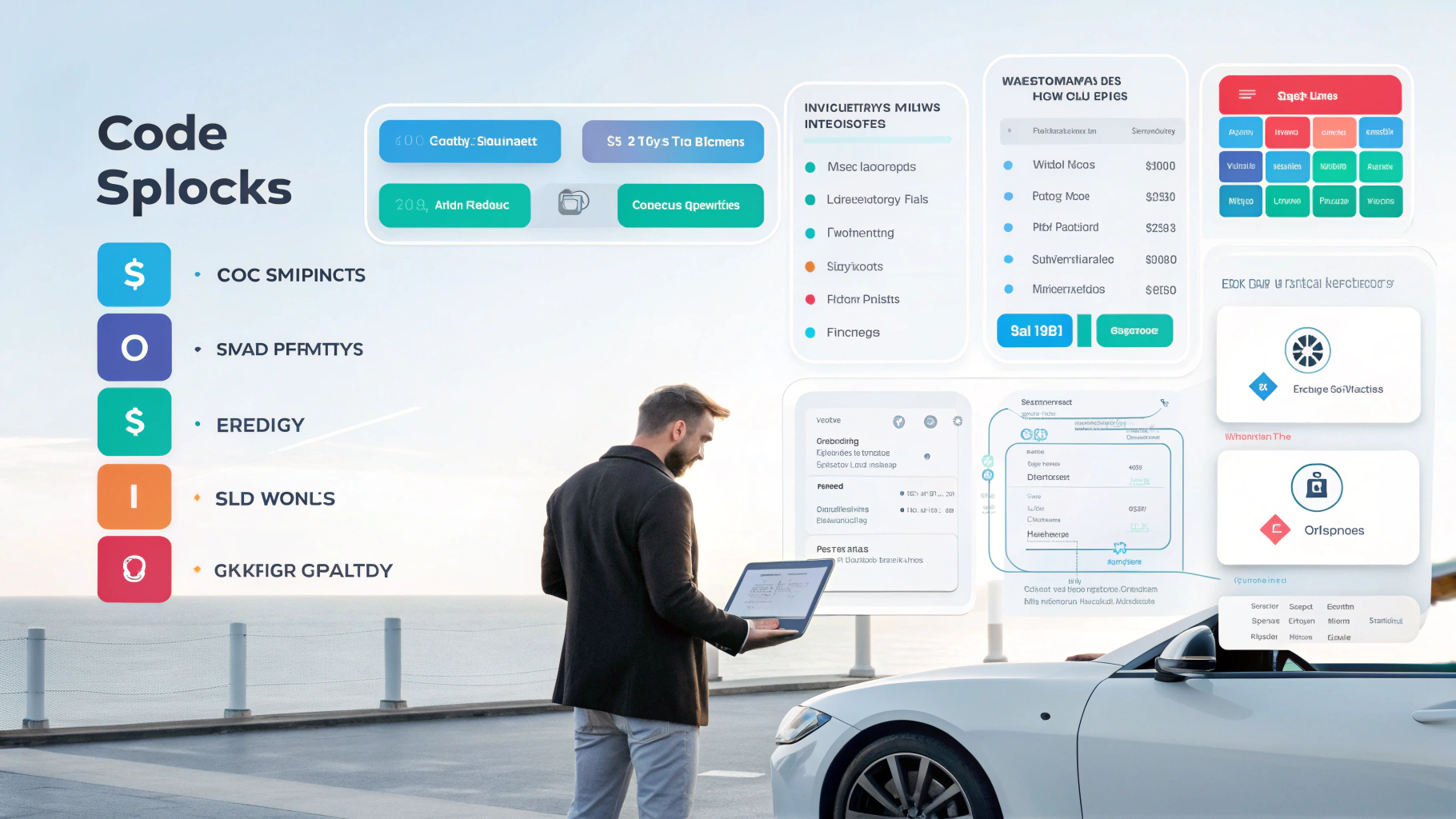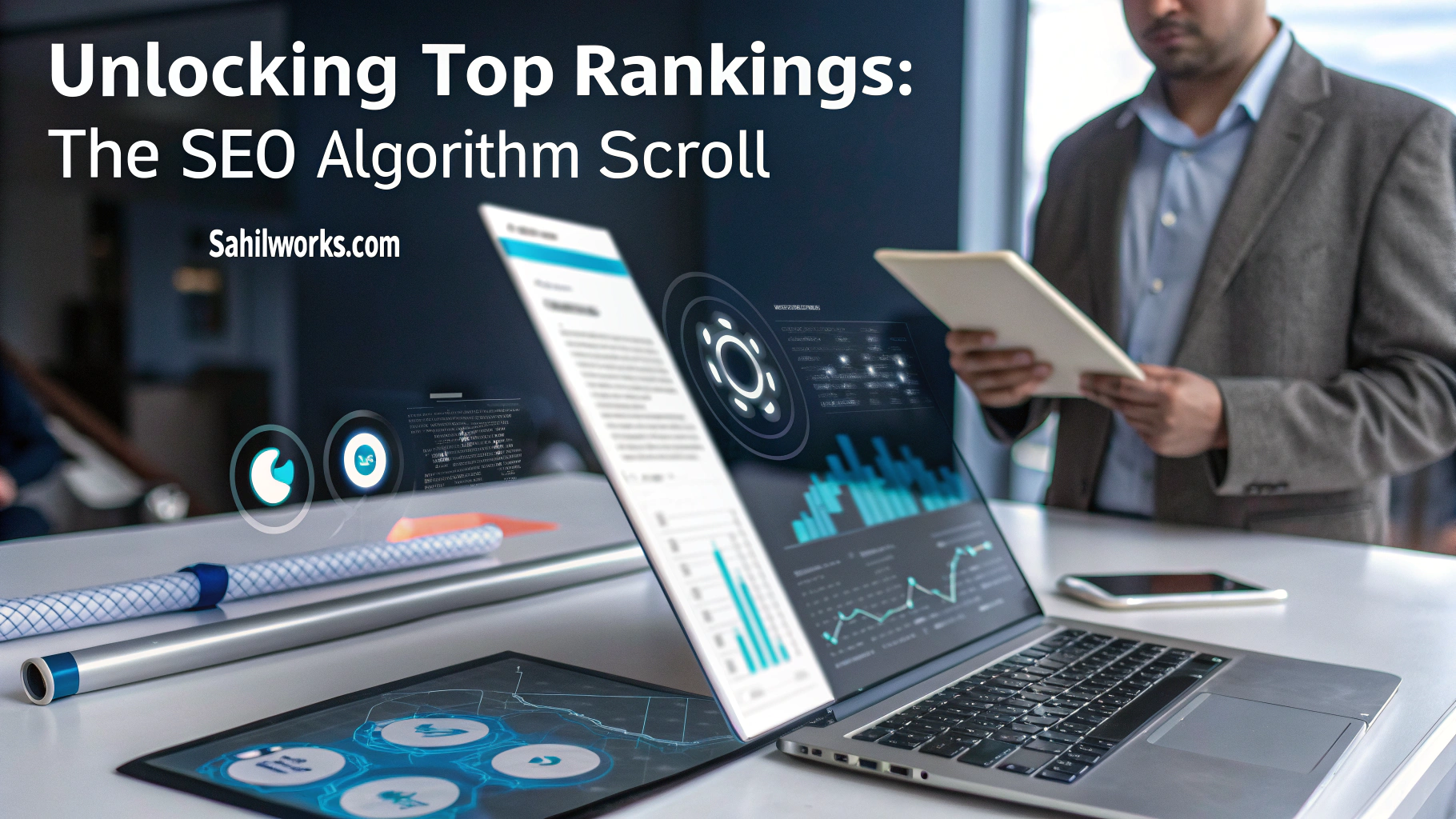Unleash Your Website’s Potential: SEO Success Guide
Did you know that 68% of online experiences begin with a search engine, yet only 0.63% of Google searchers click on results from the second page? This staggering reality highlights why achieving SEO Success isn’t just an option—it’s essential for digital survival. Whether you’re a small business owner or marketing professional, mastering the art of search engine optimization can transform your website from an overlooked digital asset into a powerful lead-generating machine.
In this comprehensive guide, we’ll explore proven strategies to help you achieve SEO Success and dramatically improve your online visibility. From technical fundamentals to advanced content strategies, you’ll discover actionable steps to rank higher and drive more organic traffic to your website.
Why It Matters

The digital landscape has never been more competitive. With over 1.7 billion websites online today, standing out requires more than just a beautiful design. According to BrightEdge research, organic search drives 53% of all website traffic, making it the single most important traffic channel for most businesses.
Moreover, SEO delivers a remarkable ROI compared to traditional marketing—studies show that SEO leads have a 14.6% close rate, while outbound leads (such as direct mail or print advertising) average a 1.7% close rate. This 8.5x higher effectiveness demonstrates why investing in SEO Success strategies is critical for sustainable business growth.
The stakes are further raised by recent algorithm updates—Google’s 2023 helpful content and core updates have reinforced the importance of creating valuable, user-focused content that genuinely answers search intent.
Core Concepts
To achieve SEO Success, you must understand three fundamental pillars:
-
Technical SEO: Think of this as your website’s foundation. Just as a house with structural problems will eventually collapse regardless of its beautiful interior, a website with technical issues will struggle to rank. Technical SEO encompasses site speed, mobile-friendliness, crawlability, indexation, structured data, and secure connections (HTTPS).
-
On-Page SEO: This represents the actual structure and content of your pages. It includes optimizing title tags, meta descriptions, headers, content quality, keyword usage, internal linking, and user experience signals.
-
Off-Page SEO: Consider this your website’s reputation in the digital world. It primarily involves backlinks—endorsements from other websites that signal to search engines your content is valuable and trustworthy.
One illustrative business case is Zapier, which grew to over 5 million users largely through SEO-focused content marketing. By creating comprehensive, keyword-optimized guides addressing specific user needs, they built a content engine that continues to drive qualified leads years after publication.
Strategy or Implementation Guide
Step 1: Conduct a Comprehensive SEO Audit
Begin by assessing your current SEO performance. Use tools like Semrush, Ahrefs, or Google Search Console to identify:
- Technical issues (crawl errors, broken links, slow loading pages)
- Content gaps and opportunities
- Competitive strengths and weaknesses
- Backlink profile quality
This baseline measurement will help you prioritize efforts and measure progress over time.
Step 2: Implement Technical SEO Fundamentals
Ensure your website meets these critical technical requirements:
- Mobile responsiveness (use Google’s Mobile-Friendly Test)
- Page speed optimization (aim for under 3-second load times)
- Proper XML sitemap configuration
- Robot.txt file setup
- HTTPS security implementation
- Schema markup for enhanced search results
Step 3: Develop a Keyword Strategy

Identify keywords that align with your business goals and user search intent:
- Use keyword research tools to find high-opportunity terms
- Analyze search intent (informational, navigational, commercial, or transactional)
- Group keywords by topic clusters
- Prioritize based on competition, volume, and relevance
Remember that 15% of Google searches are new each day, highlighting the importance of comprehensive keyword research that captures emerging trends.
Step 4: Create Optimized, Value-Driven Content
Develop content that satisfies both search engines and users:
- Format content for readability (short paragraphs, bullet points, subheadings)
- Include primary keywords in titles, H1 tags, and naturally throughout content
- Incorporate supporting keywords and semantic variations
- Address user questions comprehensively
- Include relevant images, videos, or infographics with proper alt text
Benefits
Implementing a strategic SEO approach delivers multiple advantages:
-
Sustainable Traffic Growth: Unlike paid advertising that stops when you stop paying, SEO Success creates a lasting asset that continues delivering value.
-
Enhanced Credibility: 49% of marketers report that organic search has the best ROI of any marketing channel. When you rank higher in search results, users perceive your brand as more trustworthy and authoritative.
-
Improved User Experience: Good SEO practices align perfectly with providing better user experiences, reducing bounce rates and increasing conversions.
-
Higher Conversion Rates: SEO leads convert at an average rate of 14.6%, compared to just 1.7% for outbound marketing leads.
Case Study
A mid-sized e-commerce furniture retailer implemented a comprehensive SEO strategy with these results:
- Organic traffic increased by 143% within 6 months
- Conversion rate improved by 23%
- Cost per acquisition decreased by 38% compared to paid search
- Revenue from organic search grew by 89% year-over-year
The company achieved these results by optimizing product pages with detailed specifications, creating buying guides targeting informational keywords, implementing proper schema markup, and building quality backlinks through digital PR efforts.
Tools & Resources
These essential tools can support your SEO Success journey:
- Google Search Console: Free tool for monitoring website performance in Google Search
- Google Analytics: Comprehensive website traffic analysis
- Semrush or Ahrefs: Premium tools for keyword research and competitor analysis
- Screaming Frog: Technical SEO audit tool
- Page Speed Insights: Performance measurement and optimization recommendations
- Yoast SEO: WordPress plugin for on-page optimization guidance
Common Mistakes to Avoid
- Keyword Stuffing: Overusing keywords creates a poor user experience and can trigger penalties.
- Ignoring Mobile Users: With mobile-first indexing, failing to optimize for mobile devices severely limits ranking potential.
- Duplicating Content: Identical or very similar content across multiple pages confuses search engines.
- Neglecting Technical SEO: Even excellent content won’t rank if search engines can’t properly crawl and index your site.
- Focusing on Quantity Over Quality: One comprehensive, authoritative piece often outperforms multiple superficial articles.
Future Trends
SEO continues evolving with these emerging trends:
- AI-Enhanced Search: Google’s SGE (Search Generative Experience) is changing how results appear and how users interact with search.
- Voice Search Optimization: By 2025, an estimated 75% of U.S. households will have smart speakers.
- Visual Search Growth: Technologies like Google Lens are making image optimization increasingly important.
- Core Web Vitals: User experience metrics will continue gaining importance as ranking factors.
Conclusion
SEO Success isn’t achieved overnight—it requires strategic planning, consistent implementation, and ongoing adaptation. By focusing on technical excellence, creating valuable content that addresses user needs, and building authority through quality backlinks, you can significantly improve your website’s visibility and performance.
Start by implementing the strategies outlined in this guide, prioritizing the most impactful changes based on your initial audit findings. Remember that SEO is a marathon, not a sprint—consistent effort yields compounding results over time.
Ready to transform your website’s performance? Begin with an SEO audit today and take the first step toward sustainable growth through search.
FAQs
How long does it take to see results from SEO efforts?
While some improvements may be visible within weeks, significant results typically take 3-6 months, depending on your industry, competition, and starting point.
Is SEO still worth it with the rise of social media and paid advertising?
Absolutely. Organic search remains the primary driver of website traffic and has the highest ROI among digital marketing channels, with 53% of trackable website traffic coming from organic search.
How often should I update my SEO strategy?
Review your strategy quarterly and make major updates annually, while continuously monitoring performance and making smaller adjustments as needed.
What’s more important: backlinks or content?
Both are essential components. High-quality content is the foundation, but backlinks provide the authority signals that help your content rank higher.
Can I do SEO myself or should I hire a professional?
Basic SEO fundamentals can be implemented by website owners, but competitive industries often benefit from professional expertise to achieve significant SEO Success.

